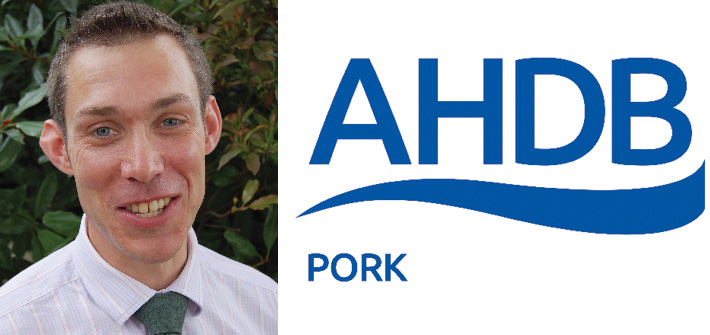There are a number of keen cyclists at AHDB, Nigel Penlington included, and the Tour de France has been a highlight of my summer. I support Team Sky, but this is less to do with the celebrity of Froome or Wiggins and more about the quiet strategy of David Brailsford. His genius is his continual drive to make improvements, however small, to achieve success, the so-called “marginal gains”. I don’t see why this needs to be constrained to the sports arena as it could equally be made applicable elsewhere.
Antimicrobial usage is a hot topic and I’ve been in discussions with producers and officials on the varying approaches to antimicrobial stewardship across Europe. As a result, I’ve been involved in organising a study trip to find out, first-hand, how the Dutch have handled measuring antimicrobials.
They faced significant political and public pressure that resulted in a target-based system. It appears to be working and a 50% reduction target was achieved by 2013 and a proposed 70% reduction by 2015 was implemented. While these figures sound impressive, I think it’s important to put the Dutch approach into context.
In 2009, the Dutch were one of the highest users of animal antimicrobials in Europe, but following a series of health scares linked to livestock production, modern farming in Holland has been under scrutiny. The benchmarking system that’s now in place would, most likely, make most UK producers (and vets) baulk, especially as veterinarians are also benchmarked.
In terms of on-farm changes to help antimicrobial reduction, it’s safe to say that there is no magic solution on-farm to reduce antimicrobial usage. In Holland, the targets made farms look carefully at internal and external biosecurity, vaccinations and technology, such as needle-less injections. This appears to be a marginal-gains strategy somewhat reminiscent of Team Sky’s approach.
Farms are using any means possible, however small, to reduce levels of antimicrobial usage. Unfortunately, herein lies the issue; the targets for 2015 have been set at a 70% reduction of total antimicrobials from the starting point in 2009 and this value may not be that easy to achieve.
My suspicion is that The Netherlands has seen the “easy wins”, as the reduction in usage has been in line with the high start value, followed by improved antimicrobial stewardship on farm. How much more reduction can the industry take before problems start to occur? The long-term management of current levels is yet to be seen and I’ll be watching Europe to see what happens.
Meanwhile, back in the UK we’re making strides on our own antimicrobial stewardship measures, as we commence building the Pig Industry Medicines Hub, as well as undertaking field trials and R&D to help the UK medicines strategy.
I feel that our informed approach to antimicrobial stewardship will prove to be prudent. However, we should take note of the “marginal gains” approach to pig management applied in Holland as it’s worked this year for Team Sky. There’s no reason why it can’t work for us.




